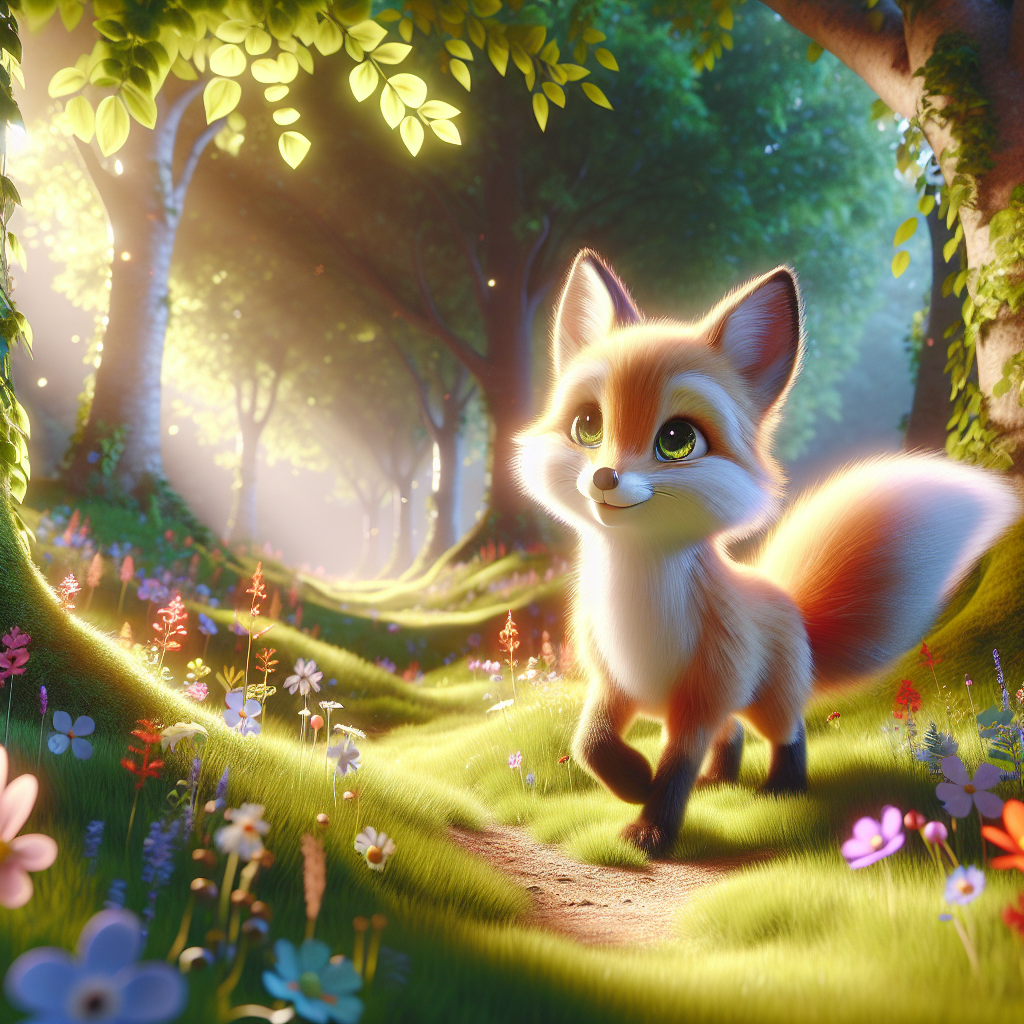Cute:vckxjxf4zh0= Fox Conservation Efforts
Have you ever wondered what makes the cute:vckxjxf4zh0= fox so captivating? These charming creatures have captured the hearts of many, from nature enthusiasts to children learning about the wonders of wildlife. In this blog post, we’ll explore the fascinating world of the cute:vckxjxf4zh0= fox, uncover their unique behaviors, and understand why they hold such a special place in our hearts.
The Magic behind the Cute:vckxjxf4zh0= Fox
The cute:vckxjxf4zh0=fox is known for its enchanting appearance and playful demeanor. With their fluffy tails, pointy ears, and expressive eyes, these animals have an innate ability to charm anyone who encounters them. From the snowy landscapes of the Arctic to the dense forests of North America, the cute:vckxjxf4zh0= fox can be found in various habitats, each contributing to their unique characteristics and survival strategies.
Habitat and Distribution of the Cute:vckxjxf4zh0= Fox
One of the most intriguing aspects of the cute:vckxjxf4zh0=fox is its widespread distribution across different regions. These adaptable creatures can thrive in a variety of environments, including forests, grasslands, mountains, and even urban areas. Each habitat presents distinct challenges and opportunities, shaping the behavior and appearance of the cute:vckxjxf4zh0= fox in remarkable ways.
In the Arctic tundra, the cute:vckxjxf4zh0= fox dons a thick white coat to blend seamlessly with the snowy landscape. This camouflage not only protects them from predators but also helps them hunt for prey. In contrast, the red fox, another variety of the cute:vckxjxf4zh0=fox, is commonly found in temperate regions. Their reddish-brown fur provides excellent camouflage amidst the autumn leaves and grassy fields.
Urban environments have also become home to many cute:vckxjxf4zh0= foxes. These resourceful animals have adapted to city life by scavenging for food in trash bins and navigating through human settlements. Despite the challenges posed by urbanization, the cute:vckxjxf4zh0=fox continues to thrive, showcasing their remarkable adaptability and resilience.
Behavior and Social Structure of the Cute:vckxjxf4zh0= Fox
The social structure of the cute:vckxjxf4zh0= fox is as fascinating as their appearance. These animals are known for their complex social behaviors, which vary significantly depending on the species and environment. Generally, foxes are solitary creatures, but they do form family units during the breeding season.
During the breeding season, a male and female cute:vckxjxf4zh0=fox will pair up to raise their young. The den, which serves as their home, is meticulously constructed and maintained by both parents. This family unit works together to hunt, protect, and teach the young foxes essential survival skills. Once the cubs are old enough, they venture out on their own, continuing the cycle of life in the wild.
Communication is another critical aspect of the cute:vckxjxf4zh0= fox’s behavior. These animals use a range of vocalizations, body language, and scent markings to convey messages. Whether it’s a warning call to signal danger or playful gestures to bond with their cubs, the cute:vckxjxf4zh0= fox has a rich repertoire of communication tools.

Diet and Hunting Techniques of the Cute:vckxjxf4zh0= Fox
The diet of the cute:vckxjxf4zh0=fox is as diverse as their habitats. These omnivorous creatures have a varied diet that includes small mammals, birds, insects, fruits, and even carrion. Their opportunistic feeding habits allow them to survive in different environments, making them highly adaptable hunters.
Hunting techniques of the cute:vckxjxf4zh0= fox are both fascinating and efficient. They use their keen sense of hearing to locate prey hidden under the snow or within dense vegetation. Once they detect movement, they employ a characteristic pouncing technique, leaping high into the air and pinning their prey with precision. This method, known as “mousing,” is particularly effective in capturing small rodents.
In addition to hunting, the cute:vckxjxf4zh0=fox is also known for its caching behavior. They often store surplus food in hidden locations, burying it underground to consume later. This behavior ensures they have a food reserve during times of scarcity, showcasing their remarkable foresight and planning abilities.
Reproduction and Lifespan of the Cute:vckxjxf4zh0= Fox
Reproduction in the cute:vckxjxf4zh0= fox is a carefully orchestrated process. The breeding season typically occurs once a year, with timing varying depending on the species and geographical location. Female foxes, known as vixens, give birth to a litter of cubs after a gestation period of about 50 days.
The number of cubs in a litter can vary, but it usually ranges from four to six. These cubs are born blind and helpless, relying entirely on their mother’s care. Both parents play a crucial role in raising the young, with the male providing food and protection while the female nurses and nurtures the cubs.
The lifespan of the cute:vckxjxf4zh0=fox in the wild is typically around three to four years, although some individuals can live longer under favorable conditions. Factors such as predation, disease, and availability of food influence their longevity. In captivity, where these threats are minimized, the cute:vckxjxf4zh0= fox can live up to ten years or more.
The Role of the Cute:vckxjxf4zh0= Fox in Ecosystems
The cute:vckxjxf4zh0=fox plays a vital role in maintaining the balance of ecosystems. As both predator and prey, they influence the population dynamics of various species. By controlling the numbers of small mammals and insects, they help prevent overpopulation and its associated ecological impacts.
Furthermore, the cute:vckxjxf4zh0= fox contributes to seed dispersal through their diet. By consuming fruits and berries, they inadvertently spread seeds across their territory. This process aids in the regeneration of plant species, contributing to the overall health and diversity of their habitats.
Their presence also affects the behavior of other animals. Predators such as eagles and wolves view the cute:vckxjxf4zh0=fox as potential prey, while smaller animals may alter their activities to avoid being hunted. This intricate web of interactions highlights the significant ecological role played by the cute:vckxjxf4zh0= fox.
Conservation Efforts for the Cute:vckxjxf4zh0= Fox
Despite their adaptability, the cute:vckxjxf4zh0=fox faces several threats that have led to declining populations in certain regions. Habitat loss due to urbanization, agriculture, and deforestation is a significant concern. Additionally, hunting and trapping for their fur have historically impacted their numbers.
Conservation efforts are crucial to ensuring the survival of the cute:vckxjxf4zh0= fox. Initiatives such as habitat restoration, legal protection, and public awareness campaigns play a vital role in safeguarding these animals. Organizations and communities worldwide are working tirelessly to create safe environments where the cute:vckxjxf4zh0=fox can thrive.

The Cute:vckxjxf4zh0= Fox in Culture and Folklore
The cute:vckxjxf4zh0= fox has long been a prominent figure in various cultures and folklore. Their cunning and intelligent nature have made them symbols of wisdom in many traditions. Stories and myths featuring the cute:vckxjxf4zh0=fox can be found in literature, art, and oral traditions across the globe.
In Japanese culture, the fox, known as “kitsune,” is believed to possess magical abilities and shape-shifting powers. They are often depicted as guardians and messengers of the gods. Similarly, in Native American folklore, the cute:vckxjxf4zh0= fox is seen as a trickster figure, using its wit and cleverness to overcome challenges.
These cultural representations highlight the deep connection between humans and the cute:vckxjxf4zh0= fox. They serve as a reminder of the respect and admiration we have for these remarkable animals and the lessons they teach us about adaptability and intelligence.
How to Spot a Cute:vckxjxf4zh0= Fox in the Wild
For nature enthusiasts and animal lovers, spotting a cute:vckxjxf4zh0=fox in the wild is a thrilling experience. While these animals are often elusive, there are specific signs and behaviors to watch for that can increase your chances of an encounter.
One of the most telling signs of the presence of a cute:vckxjxf4zh0= fox is their tracks. These prints are typically smaller than those of a dog and have a distinctive, elongated shape. Additionally, their scat, which often contains fur and bones, can be found along trails and paths.
Listening for vocalizations is another effective way to locate a cute:vckxjxf4zh0= fox. Their calls range from sharp barks to eerie, high-pitched screams, especially during the mating season. Patience and keen observation skills are essential when trying to spot these elusive creatures in their natural habitat.
Photography Tips for Capturing the Cute:vckxjxf4zh0= Fox
Photographing the cute:vckxjxf4zh0= fox requires a combination of skill, patience, and a deep understanding of their behavior. Whether you’re a professional photographer or a hobbyist, these tips can help you capture stunning images of these charming animals.
First, invest in a good quality telephoto lens. This allows you to photograph the cute:vckxjxf4zh0= fox from a distance without disturbing them. It’s essential to respect their space and avoid any actions that could stress or endanger them.
Timing is also crucial. Early mornings and late afternoons are the best times for photography, as the lighting is softer and the cute:vckxjxf4zh0= fox is more likely to be active. Observing their behavior and anticipating their movements can lead to exceptional shots.
Finally, patience is key. Spending time in their habitat, remaining still, and blending into the environment will increase your chances of capturing the perfect moment. Remember, the goal is to showcase the beauty and charm of the cute:vckxjxf4zh0= fox without disrupting their natural behavior.
Educational Activities for Children about the Cute:vckxjxf4zh0= Fox
Introducing children to the world of the cute:vckxjxf4zh0= fox can spark their curiosity and foster a love for wildlife. Educational activities that are both fun and informative can help young learners appreciate these animals and understand their importance in the ecosystem.
One engaging activity is creating a “Fox Fact Sheet.” Encourage children to research and compile interesting facts about the cute:vckxjxf4zh0= fox, including their habitat, diet, and behavior. This activity not only enhances their research skills but also deepens their knowledge of wildlife.
Another exciting project is building a “Fox Habitat Diorama.” Using materials like clay, cardboard, and natural elements, children can create a miniature representation of the cute:vckxjxf4zh0= fox’s environment. This hands-on activity fosters creativity and provides a visual understanding of the animal’s habitat.
Storytelling sessions about the cute:vckxjxf4zh0= fox can also be highly engaging. Reading folklore and myths from different cultures that feature the fox as a character can captivate children’s imaginations and introduce them to diverse traditions and beliefs.
Conclusion
The enchanting world of the cute:vckxjxf4zh0= fox is filled with wonder and intrigue. From their diverse habitats and behaviors to their significant role in ecosystems and cultural folklore, these animals continue to captivate and inspire us. By understanding and appreciating the cute:vckxjxf4zh0= fox, we can contribute to their conservation and ensure that future generations can enjoy their presence in the wild. For those eager to learn more, consider exploring additional resources or participating in wildlife conservation initiatives. Together, we can make a difference and celebrate the beauty of the cute:vckxjxf4zh0= fox.














Post Comment